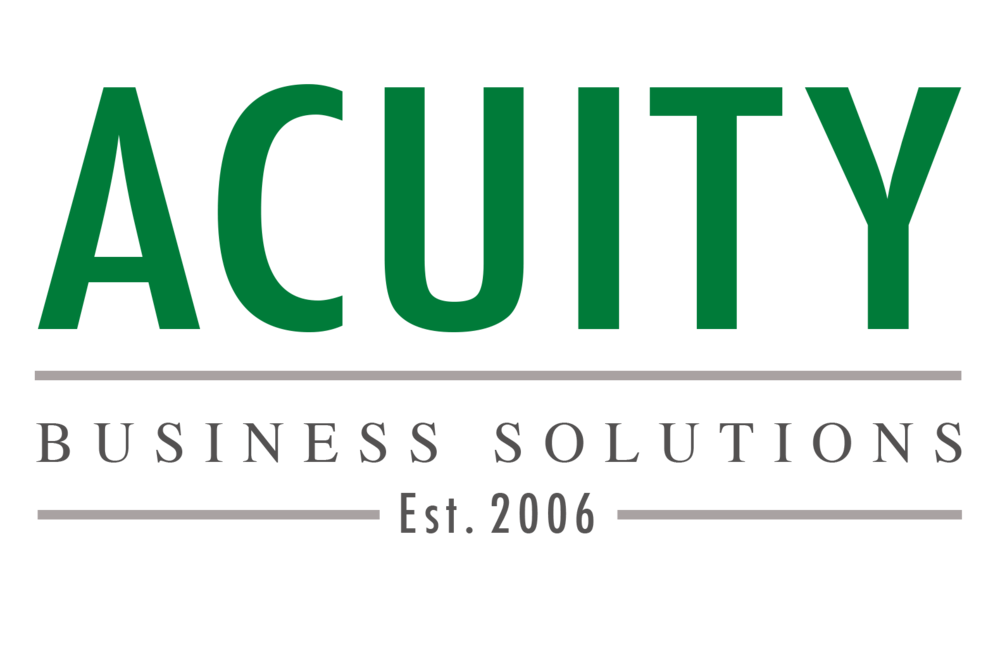Strategic Communications for Pension Reform
Requirement Following a successful challenge against the application of transitional protection applied during the implementation of the 2015 public service pension reforms, the Cabinet Office, along with all other public service pensions providers, were required to establish a programme to rectify any discrimination suffered by its members as a result. Acuity were appointed to lead the development of the communications strategy and supporting plans to engage with the 1.4 million Civil Service Pension Scheme members, Civil Service Trade Unions and 350 employers.
Delivery The ethos for the communications and engagement strategy was to establish the principles and direction for programme communications so that it’s delivery projects could adopt an integrated approach. The development of this strategy included the following activities:
Establishing an understanding of the breakdown of stakeholder groups.
Stakeholder influence, impact, and interest analysis.
Analysis of existing stakeholder engagement channels and their success.
Conducting stakeholder focus groups to determine ongoing requirements for communications.
Identification of behavioural insights methods to apply throughout the programme.
Current state SWOT analysis.
Development of communications roadmaps and supporting delivery plans.
Developing a performance management framework to assess success of communications delivery.
To ensure the strategic direction set out within this document was translated into “on the ground” delivery, we also managed the development of a series of behavioural insight led strategies designed to highlight how we should be delivering tailored communications to notable stakeholder groups. These included:
A union engagement strategy, designed to:
o Acknowledge the current context within which we need to apply our union engagement approach.
o Identify the approach we seek to adopt in identifying engagement strategies for each communications campaign.
o Propose a series of engagement strategies to be applied throughout the programme.
Member engagement strategies, designed to:
o Define a series of approaches and recommendations on how to engage with specific cohorts of members.
o Identify some core messages/terminology that should be applied to each member cohort.
An employer engagement strategy, designed to:
o To provide a clear and transparent implementation timeline to help employers plan their time around key events, recognising that 2015 Remedy needs to be balanced with other pressures and demands.
o To provide employers with appropriate tools, support, and guidance to help them support their staff.
Result Our consultant quickly gained the confidence of Cabinet Office colleagues, building strong relationships which enabled them to influence and build capability. They were quickly seen as the communications lead not only by the programme, but also by senior stakeholders within the Cabinet Office and the employers they were supporting, so much so that they were often called upon to represent the programme at senior stakeholder forums. The products created are still used as a platform upon which the communications activities are built and managed.

